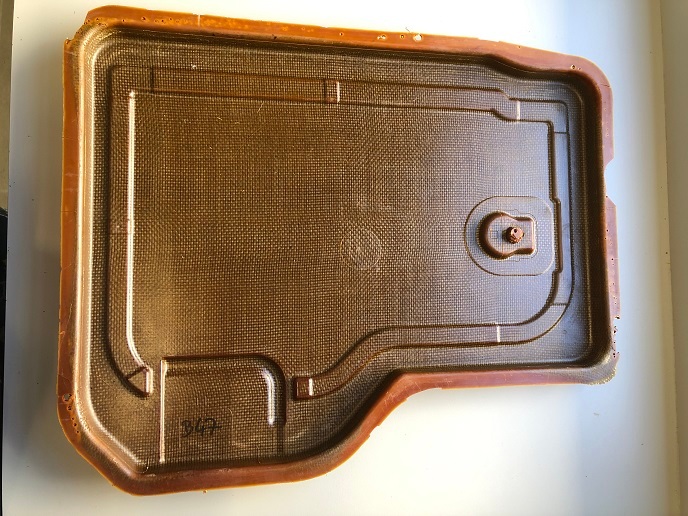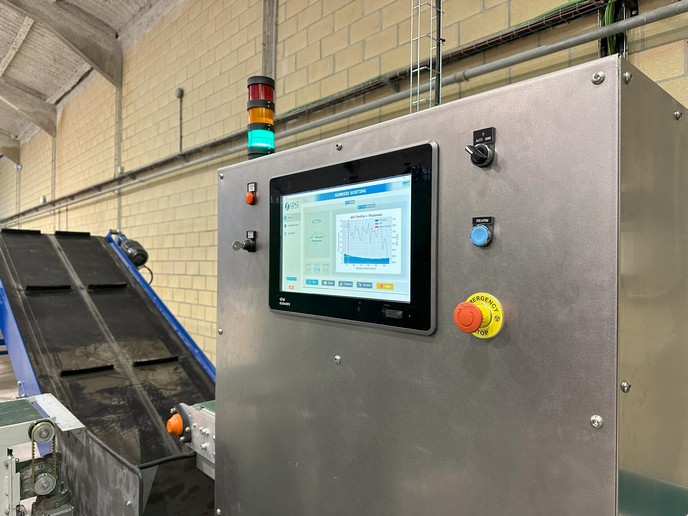Novel bio-based and recyclable fibre-reinforced thermoset composites
Fibre-reinforced thermoset composites (FRTCs) are a diverse set of materials used in numerous industries. They all involve a thermosetting resin being moulded around structural fibres. Well-known examples include fibreglass and carbon fibre. FRTC parts are generally lightweight and strong, and therefore suited to high-performance industries. However, FRTCs are environmentally unfriendly. Since they cannot be practically repaired or recycled, FRTC products have been made to be disposable. This creates a waste problem. Adding to the environmental unfriendliness, the fibres and resins are manufactured from non-renewable fossil fuels and require large amounts of energy for their production. Industry needs a new kind of reprocessable FRTC, which is what the EU-funded ECOXY project delivered. During 2014, Spanish research centre Cidetec patented a family of thermoset resins and composites. These maintained the good performance of the current generation, but unlike current composites, were repairable, recyclable and reprocessable (3R). ECOXY went one step further, introducing new bio-based epoxy resins for formulating a resin 3R matrix that, in addition, is renewable. Bio-based fibres were used as the reinforcement material for the preparation of 3R composites. These are more environmentally friendly than the existing composites and a suitable substitute for previous FRTCs. The ECOXY project received funding from the Bio-based Industries Joint Undertaking, a public-private partnership between the EU and industry.
A new set of resins
The use of a dynamic hardener for curing the developed bio-based epoxies is the key to the recyclability. This resins’ dynamism opens up recycling possibilities via a combination of several techniques. These include: grinding of an FRTC part into small pieces or powder, which are then moulded into a new shape using heat and pressure; otherwise, the dynamic resin may be dissolved in a solvent adding a specific chemical agent, leaving the fibres to be reused. “The combination of new resins with a dynamic hardener makes it possible to repair fibre-matrix delamination damages and matrix microcracks,” explains project coordinator, Aratz Genua. “Furthermore, we can reprocess cured laminates to create new 3D parts.” The bio-sources for the new resins include lignin (the structural component of wood), brown algae, and vegetable oils. Various combinations produce resins with different properties. The fibres were derived from flax or a thermoplastic polyester, polylactide, PLA.
Industrial validation and further development
The most promising resins and fibres were used for a demonstrator application: the rear seat back panel of the Lancia Ypsilon car, see photo above. “With use, the resin in the composite may suffer from microcracks in its structure,” notes Genua. “Now, the part can be repaired, using heat and pressure, instead of being replaced.” The ECOXY team achieved technology readiness level 5, meaning that the development has been validated in an industrial environment. The Lancia demonstrator has been successfully manufactured and validated. Representatives of the automotive industry have expressed interest in the new materials. However, this is still some way from market readiness. Specifically, the new flax-based fibres were not comparable to glass or carbon fibres, and for now they remain unsuitable for high-performance sectors. Nevertheless, the flax fibres may be used for applications with lower requirements. Next, the team will proceed with maturing the technologies to a higher level of readiness.
Keywords
ECOXY, resin, bio-based, reprocessable, fibre-reinforced thermoset composite, hardening agent, recyclable







